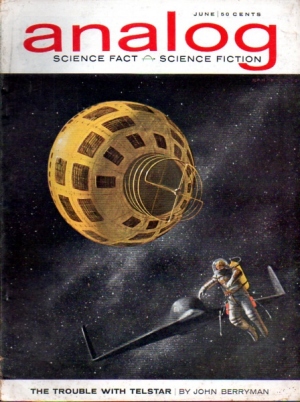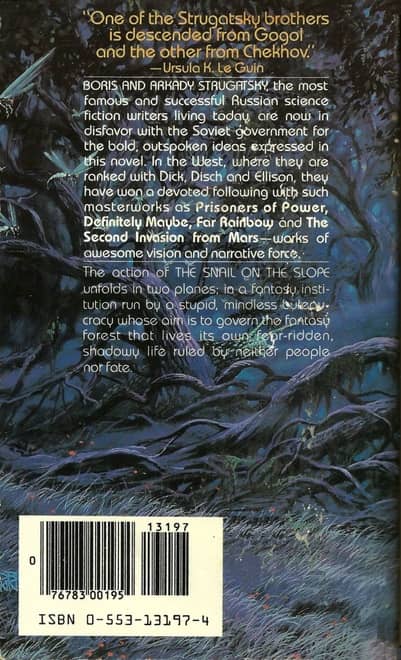A Farewell to Roc Books
 The big 2017 Year in Review issue of Locus magazine arrived this week, and the second paragraph of the annual summary confirmed something that’s been whispered in fannish circles for a few months: that parent company Penguin Group has “quietly retired” the Roc Books imprint, folding it in with its existing Ace line. Only four books with the Roc logo were published last year, and none is on the schedule for this year. It’s the end of an era in many ways.
The big 2017 Year in Review issue of Locus magazine arrived this week, and the second paragraph of the annual summary confirmed something that’s been whispered in fannish circles for a few months: that parent company Penguin Group has “quietly retired” the Roc Books imprint, folding it in with its existing Ace line. Only four books with the Roc logo were published last year, and none is on the schedule for this year. It’s the end of an era in many ways.
Roc Books was founded by John Silbersack in 1990. Over the last 27 years it has published hundreds of science fiction and fantasy titles by Isaac Asimov, Ursula K. Le Guin, Guy Gavriel Kay, Peter S. Beagle, Arthur C. Clarke, Nancy A. Collins, Terry Pratchett, Andre Norton, and hundreds of others. It had a well-deserved reputation for taking chances on new authors, and many of those gambles pay off handsomely, like Jim Butcher, Anne Bishop, Carol Berg, Rob Thurman, and many more. Roc proved to be a warm home for many Black Gate authors, including E.E. Knight, Devon Monk, and others.
There were many reasons to be a Roc fan over the decades. For me, they were simple. The editorial team had a profound and enduring appreciation for adventure fantasy, especially during the lean years when the market turned towards YA dystopias, paranormal romance, and other trendy niches. They loved a great series, and gave many quality series the time they needed to truly find an audience. The whole line had a distinct look, so much so that for 27 years you could tell a Roc Book at a glance.
The editors, authors, artists and packagers at Roc Books gave us countless hours of reading pleasure over the past quarter century. Penguin has decided to quietly retire the imprint, but there’s no reason we have to let them go without a worthy send-off. If you’ve got a favorite Roc title or two, I invite you to help us say farewell by giving them a shout-out in the comments.
 I wonder if there’s still a distinction to be made between holidays and vacations?* Back before “holy day” became “holiday” was there even such a thing as a vacation? Or were holy days really enforced vacations, in the sense that for some of them at least no work was allowed? Would that make the Sabbath a vacation as well as a holy day? Hmmm.
I wonder if there’s still a distinction to be made between holidays and vacations?* Back before “holy day” became “holiday” was there even such a thing as a vacation? Or were holy days really enforced vacations, in the sense that for some of them at least no work was allowed? Would that make the Sabbath a vacation as well as a holy day? Hmmm.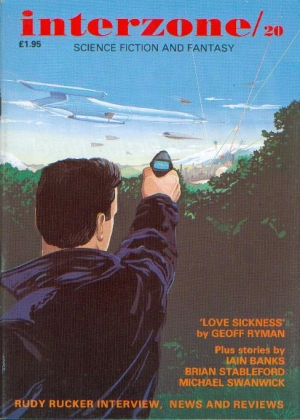

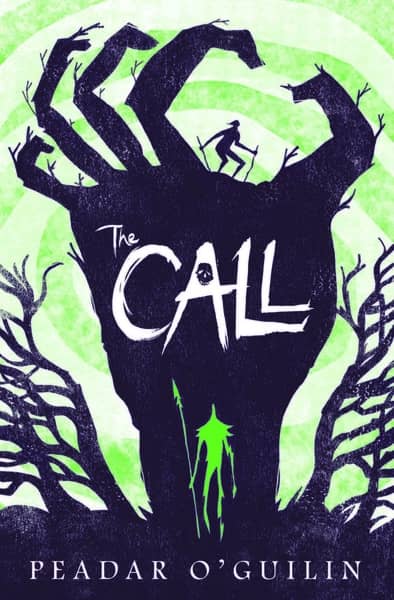
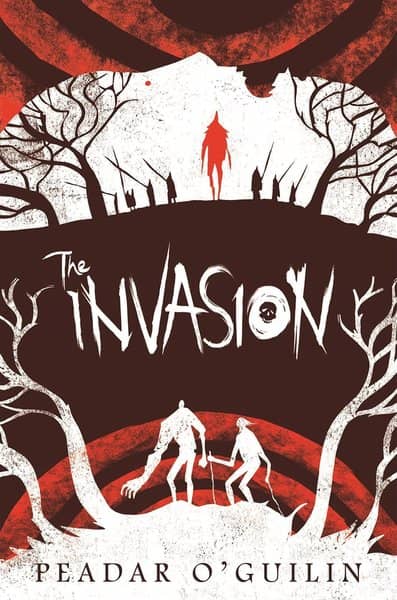
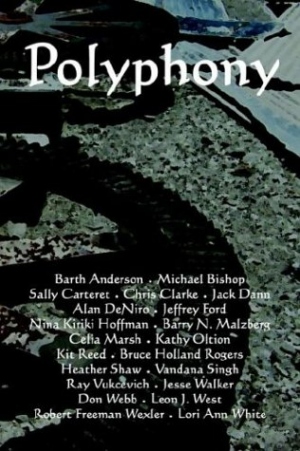
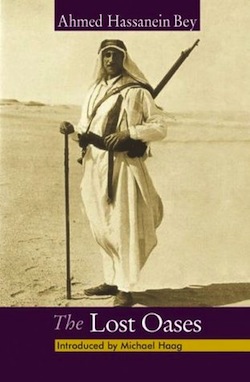 I’ve always loved vintage travelogues. The world was bigger a hundred years ago, its cultures more distinct and isolated. Travel was hard and sometimes dangerous. Accounts of old journeys bring me back to a time when people could go to places like Africa and not be able to text home.
I’ve always loved vintage travelogues. The world was bigger a hundred years ago, its cultures more distinct and isolated. Travel was hard and sometimes dangerous. Accounts of old journeys bring me back to a time when people could go to places like Africa and not be able to text home.

